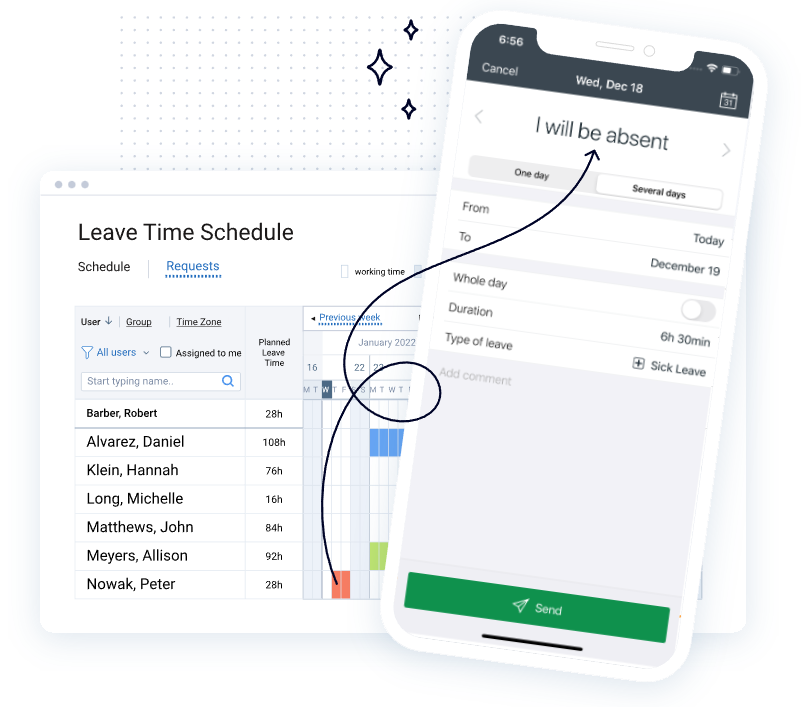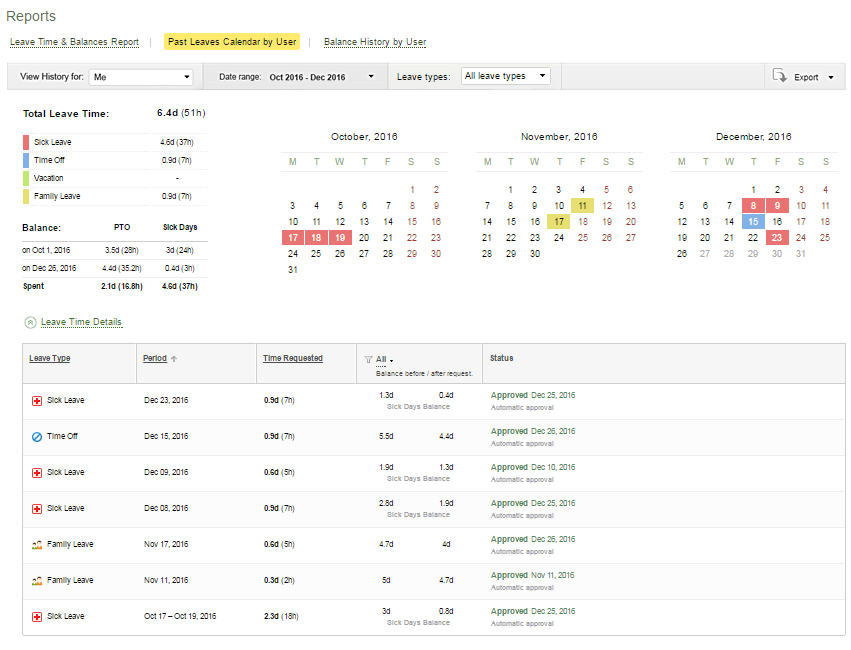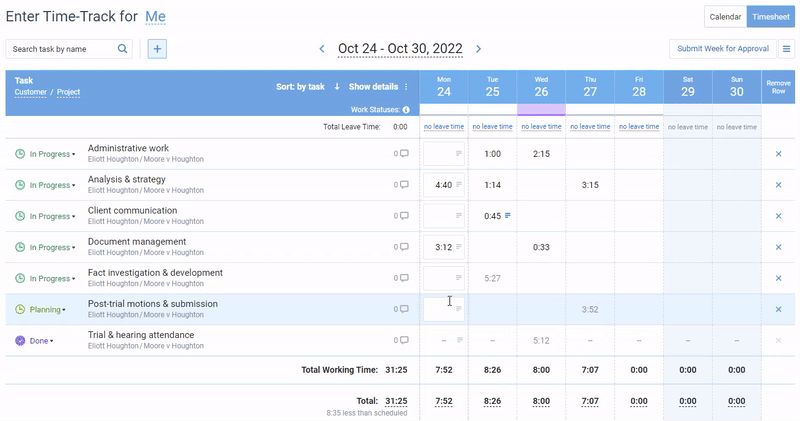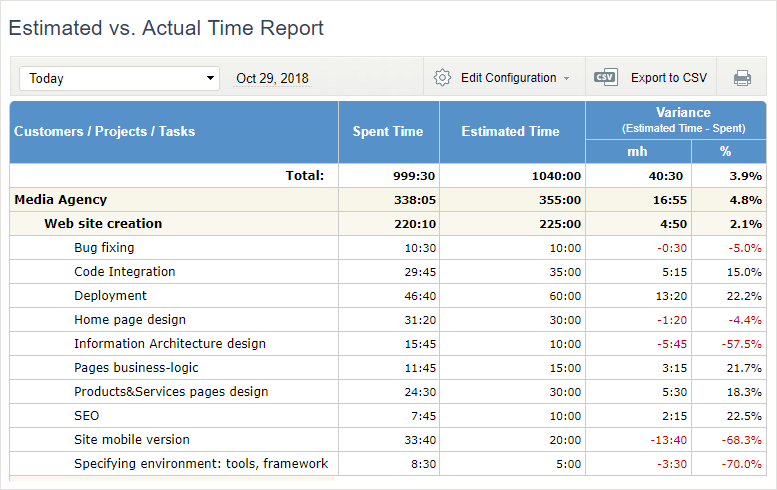Scheduling volunteers can feel like a never-ending battle, but the good news is that salvation is right around the corner!
In this post, we’ll walk through some tips and tricks to make volunteer scheduling easier. From making a detailed plan for your church project to collecting important data for better resource allocation, you’ll have the tools and confidence necessary to keep your volunteers happy and efficiently putting in hours at your place of worship.
So, if you’re ready to get to grips and gain control over your church scheduling problems – let us guide you one step at a time.
4 Key Benefits of Accurate Church Scheduling
- Greater efficiency: By creating a clear and accurate schedule of volunteers, churches can effectively allocate volunteer resources to ensure that all project requirements are met. This means that volunteers who may have a unique skill set or expertise can be placed in the positions where they will be most beneficial to the project.
- Increased accountability: With a clear schedule of volunteers, it is easier to track who is present and who is not. This leads to a greater sense of responsibility among volunteers to show up on time and perform their duties to the best of their abilities.
- Reduced stress: By removing uncertainties and ambiguities in the scheduling process + setting realistic deadlines for each task, you allow volunteers to relax and perform their tasks with confidence. This leads to higher service quality and a reduced level of stress for all involved.
- Better project outcomes: With the right volunteers in the right place at the right time, churches can ensure that their projects are completed in a timely and effective manner. In other words, accurate scheduling is absolutely paramount to the success of any church project.
How to Schedule Church Volunteers in the Most Efficient Way
Step 1: Create a plan
No matter what kind of project you intend to launch in your church, you can’t get away without a plan. It’s not just about having a roadmap to guide you along the way – it’s about setting realistic goals, anticipating challenges, and ensuring that everyone is on the same page.
When everyone is working towards the same end goal, there is a sense of unity and purpose that can be truly magical. And when things inevitably go awry (as they tend to do), having a plan in place can help you stay calm, focused, and poised to tackle whatever obstacles come your way.
So, how do you create a proper plan for your church project?
- Define project purpose and goals: This step will help you create a clear vision and determine what you want to achieve at the end of the project. You need to clearly state – what the project is about, what are you hoping to do, and what would you consider a success.
- Clearly identify the target population: Who are the people you will be serving in the project? What are their needs and how can you meet those needs? Whether it is feeding the homeless, visiting the sick, or providing clothes to the needy, you need to be clear on who you will be serving in order to choose the most appropriate measures and volunteers for that matter.
- Make a thorough list of project tasks and activities: This will not only provide you with a clear roadmap of what needs to be done but also help to prioritize tasks and allocate resources accordingly.
- Assess your resources: Consider the scope of your church project and the resources that you will need to accomplish it. This may include anything from staff members to physical resources like equipment or supplies. Do you already have enough reliable volunteers, funds, tools, or other necessary items? If not, think of how can you get more.
- Estimate time: Estimation is all about assigning realistic timeframes for each task, taking into consideration unforeseen setbacks and variables. It’s always better to add extra time for contingencies (such as volunteer no-shows), rather than underestimate and fall short of your goals.
- Make a communication plan: First, establish who the point person will be for communication – someone who is responsive and able to provide updates in a timely manner. Second, determine what channels of communication will be used. And third, establish a timeline for communication – when volunteers will be contacted, what information will be provided, and when follow-up communication will occur.
Step 2: Allocate resources
Smart and efficient resource allocation is absolutely vital to ensure that your project runs smoothly and that everyone involved has a positive experience.
Not only does it help to make sure that tasks are completed efficiently but also guarantees that everyone is playing to their strengths. This means that volunteers will feel fulfilled and valued serving the community as part of your team, and they’ll be able to contribute to the project in a meaningful way. Plus, when everyone is happy and productive, it makes the overall experience more enjoyable for everyone involved.
So, how to approach volunteer allocation in the right way?
- Consider your initial resource estimates: Take the list of tasks that need to be accomplished and the number of volunteers required to complete them. This information can be obtained from the project plan.
- Allocate tasks based on volunteers’ strengths and availability: It is important to match the volunteers with tasks that align with their interests, skills, and available time. This will ensure that the volunteers are motivated and will perform their best, resulting in a successful project.
- Take everyone on board: If there are more volunteers available than needed, it is wise to have a backup plan or additional tasks to assign them. In this way, the project will remain on schedule and within budget, and the volunteers will feel valued and appreciated.
Step 3: Make a timeline
After all the abovementioned preparations, now it’s time to build your perfect volunteer schedule. All you need to do at this step is to make a timeline considering your task priorities, deadlines, and volunteer availability.
Sounds pretty straightforward, right?
However, there is a couple of things you might need to take into account to improve the results:
- Ensure that your schedule is flexible and adaptable: Projects can often encounter unexpected challenges and delays, so be prepared to adjust your schedule as needed to ensure that your volunteers remain productive and motivated throughout the project.
- Make it visual: It is a proven fact that the human brain processes visual information much faster than text-based information. Therefore, by presenting data in a clear and concise visual format, you will simplify its communication and interpretation, which will ultimately lead to better volunteer engagement and manager decision-making.
- Apply volunteer scheduling software: Using a user-friendly solution is an excellent way to organize and manage your project schedule in a fast and convenient way. There are many excellent software tools that can help you streamline the scheduling and coordination among volunteers. Just make sure to choose the one that’s easy to navigate and allows volunteers to input their availability and update it when needed.
A good example of such software is actiPLANS. With its flexible configuration and intuitive, visually appealing interface, actiPLANS is the perfect solution for effortlessly managing volunteer schedules.

actiPLANS offers self-service features that allow volunteers to schedule their own activities, shifts, and locations, which lightens the burden of scheduling for administrators and coordinators. Additionally, actiPLANS includes automated email notifications that keep your team up-to-date on changes and updates to volunteer schedules, saving you valuable time and hassle.

Additionally, actiPLANS includes a comprehensive leave management functionality that is essential for any church with active volunteers. With just a click, it lets you easily track and schedule absences, while the fully automated time off approval process ensures a stress-free experience for all involved.

Last but not least, actiPLANS provides churches with the data-driven insights they need to optimize their volunteer scheduling processes. With various reporting options available, administrators and coordinators can gain an in-depth understanding of volunteer availability and needs, empowering them to make informed decisions that lead to a better overall experience.

Wanna give it a try? Sign up for a free actiPLANS trial here.
Step 4: Track time
While it may seem like an unnecessary hassle that has little to do with volunteer scheduling, time tracking, in fact, offers a wealth of benefits:
- Greater efficiency: By tracking how much time is spent on different tasks and activities, you will be able to identify areas where more resources are needed or where you may be able to streamline processes to save time and money.
- Better risk management: Unexpected events or circumstances may arise, and you must be able to adapt and adjust your resources accordingly. That’s where time tracking comes in – it allows for easy progress monitoring and helps to identify potential risks or issues in a timely manner.
- Informed planning and estimation: The collected time tracking data lets you analyze your volunteers’ performance and enhance resource allocation in any future projects – just have a look at how much time an activity took to complete in the past, and use this knowledge to estimate new similar activities with greater accuracy, and ensure that each task is completed on time and within budget.
A good solution for tracking your volunteers’ time with incomparable ease?
This user-friendly software allows you to effortlessly track project hours and keep your resources under control.

With actiTIME, you can easily allocate volunteers to various projects and tasks, monitor their progress, and generate accurate reports for better resource allocation. The software not only lets you keep tabs on volunteers’ involvement but also collects valuable data that fosters more informed decisions in the future, leading to greater success in your church projects.

Another great news – actiTIME can be seamlessly integrated with actiPLANS, so you can schedule volunteers’ work and track it in the most convenient way.
Give this integration a try – sign up for a free actiTIME trial here.
Conclusion
Church scheduling is far from being an easy-peasy task. But with this step-by-step guide, you now have what you need to organize charity events or any other kinds of projects at your church and take back control over volunteer scheduling.
Make sure to use our tips and there’ll be nothing to stop you from creating an organized and effective system for resource scheduling at your church.
Good luck!




